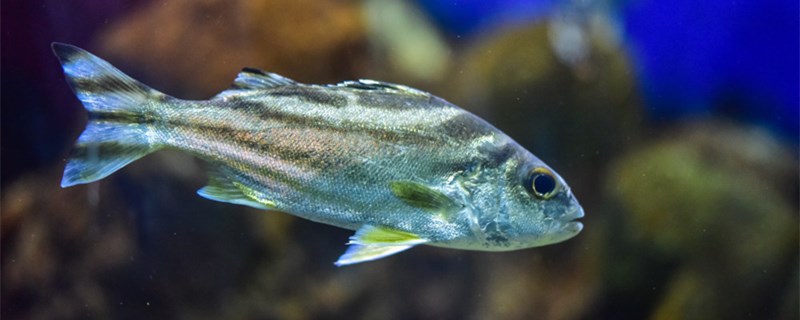
Fish swim with their trunk and tail, but they also need fins to maintain balance, and they need swim bladders to regulate gas when they float up and down. It can swing its body in the water, rely on its tail to provide power, hold the direction of progress, and turn. If the fish swims slowly, it will rely on its pectoral fins to paddle.
1. Tail fin: For fish, the tail fin can determine the direction of swimming, but also provide a certain amount of power, if there is no tail fin, the fish can not turn. Different fish tail types are also different, some are one leaf, some are two leaves, some are symmetrical up and down, and some are long upper leaves and short lower leaves.
2, pectoral fins: pectoral fins can maintain the balance of the fish, if not, it will sway from side to side. When the fish is swimming fast, the pectoral fins can be used to brake, so that it brakes hard.
3. Pelvic fins: Pelvic fins can also play a role in maintaining balance, but for different fish, the position of the pelvic fins is not fixed, generally in the abdomen, but also in the back of the gill cover, or in the throat between the gill cover, different positions of the pelvic fins often have different functions.
4. Dorsal fin: The dorsal fin allows the fish to stand on its side. If it doesn't, it will cause it to roll over. For some fish, it is also the part that provides power.
5. Anal fin: The anal fin is responsible for coordinating the fins, and the loss of the anal fin will cause its body to sway slightly.